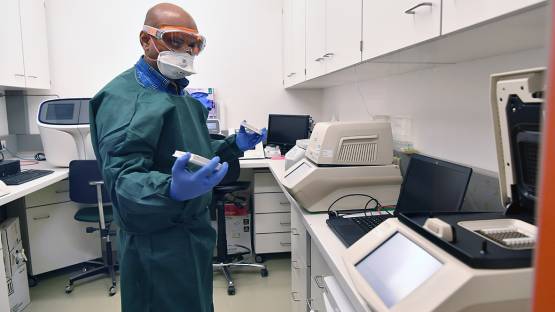Since early 2020, COVID-19 has placed an incredible burden on public health systems around the world. Policymakers, laboratory technicians and healthcare professionals have all been called upon to meet the growing demand for detection equipment and capacities, to slow down and control the number of new infections. Following requests from countries around the world, the IAEA immediately began channelling assistance.










